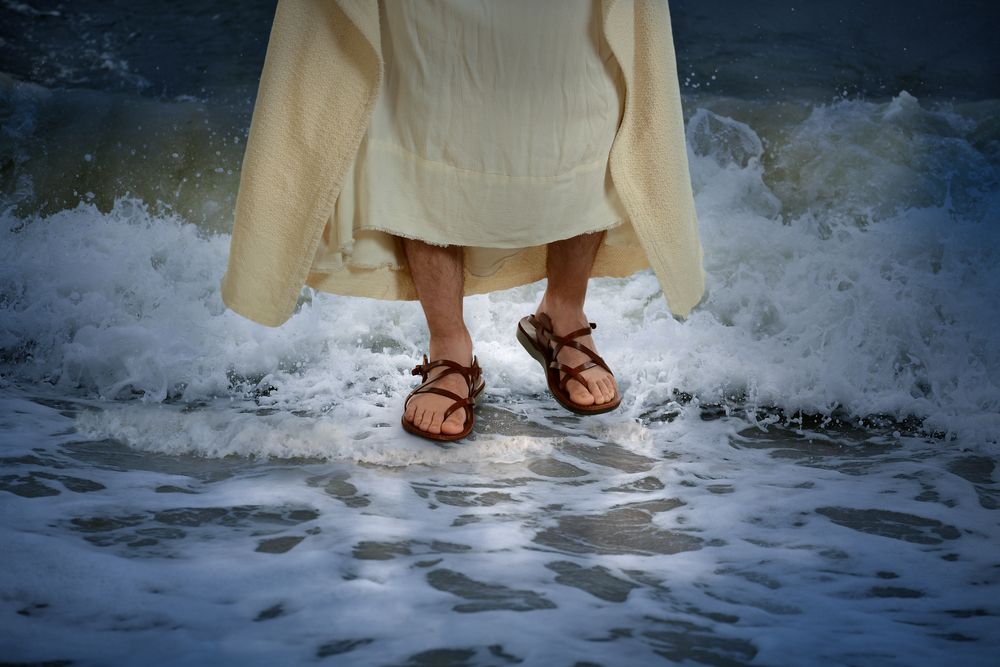Best Magic Tricks to Buy in December 2025

Blue Marble National Geographic Mega Magic Set - More Than 75 Magic Tricks for Kids to Perform with Step-by-Step Video Instructions for Each Trick Shown by a Professional Magician (Amazon Exclusive)
- MASTER ICONIC TRICKS WITH COMPREHENSIVE MAGIC PROPS & TOOLS!
- LEARN SLEIGHT OF HAND EFFORTLESSLY WITH DUAL SPECIALIZED CARD DECKS!
- STEP-BY-STEP VIDEO GUIDANCE FROM A PRO MAGICIAN FOR ULTIMATE FUN!



Melissa & Doug Deluxe Solid-Wood Magic Set With 10 Classic Tricks Magician Props Magic Set for Kids Ages 8+
- EASY-TO-MASTER TRICKS BUILD CONFIDENCE IN YOUNG ILLUSIONISTS!
- PERFECT GIFT FOR KIDS AGED 8+, FOSTERING CREATIVE, SCREEN-FREE FUN.
- SOLID-WOOD SET DOUBLES AS STORAGE AND PERFORMANCE SPACE!



Magic Makers Mystery Trick Pen Through Dollar Effect Prop
- PERFORM FLAWLESS MAGIC-NO HOLES IN THE BILL AFTER THE TRICK!
- QUICK LEARNING WITH STEP-BY-STEP ILLUSTRATED INSTRUCTIONS.
- PERFECT FOR MAGICIANS OF ALL AGES AND SKILL LEVELS!



Magic Tricks with Coins, Cards, and Everyday Objects



National Geographic Magic Chemistry Set – Science Kit for Kids with 10 Amazing Magic Tricks, STEM Projects and Science Experiments, Science Toys, Great Gift for Boys and Girls 8-12
- MIND-BLOWING SCIENCE EXPERIMENTS THAT WOW KIDS AND PARENTS ALIKE!
- TRANSFORM EXPERIMENTS INTO MAGIC SHOWS WITH PROPS FOR ADDED FUN!
- ALL-INCLUSIVE KIT WITH EASY-TO-FOLLOW GUIDES FOR INSTANT ENJOYMENT!



Dad’s Magic Set – 50 Awesome Tricks for Dad to Amaze The Family – Video Tutorials Included - Taught by 20-Year Pro Magician Martin John - Great for Dad's Birthday Gift and Christmas Fun
-
OVER 50 QUALITY TRICKS FOR DADS TO AMAZE FAMILY & FRIENDS!
-
LEARN FROM A PRO MAGICIAN WITH EASY VIDEO TUTORIALS!
-
IMPRESSIVE GIFT DESIGN MAKES IT 100% GIFT-WORTHY!


A few days after one of the many torrential rainfalls we experienced this spring a customer called me for help with her leaking pond.
“You must get out here quick,” she said. “The pond is going down every day. Pretty soon my fish will have no water at all!”
Whenever we get calls on ponds leaking we follow a regimen to find out from where it could be leaking. Instead of charging to come out right away we enlist the help of the pond owner by asking a series of questions so that we might be able to save us a trip and him or her the cost of a service call.
This call was one of the more memorable ones…
I asked her if she had a waterfall or stream, which she had both, and I told her I wanted her to turn off the pump and mark the level of the water in the bottom pond. If the water did not go down in a matter of a day then we would know that the leak is in the stream or waterfall or possibly in the plumbing going up to the top of the stream.
“I’ve already done that,” she said, “and it’s definitely in the pond itself. The water keeps leaking down with the pump turned off.”
“Okay,” I said, then asked, “Do you know of any rocks or limbs or anything that may have fallen into the pond and where it could have punctured the liner?”
She knew of no incidents and I began to envision having to replace the liner because leaks are hard to locate when you don’t know where to look. I told her that if she didn’t know where the leak was located then it was possible we’d never be able to find it and we’d have to replace the whole liner.
“The side of the pond is lined with rocks and they are cemented in.” I knew then that this would be no easy task and I could sense that she was on the verge of tears.
“When did it start leaking?” I asked, trying to prod a little information from her that could possibly save the day.
“Just after that last big rain.”
Ahah! A ray of hope! It was possible the pond was not leaking at all!
I asked her if it were possible that rain runoff washed down under the liner. A strange phenomena happens to liner ponds when it rains hard, especially to ponds located in rain runoff areas. Water runs under the liner, perhaps under the stream, makes its way down to the main pond and pours into the hole between the dirt (in our case thick Georgia red clay) and the liner of the pond. The clay holds the water and it continues to fill pushing the liner of the pond up. As the liner is pushed up from the water below - the water above the liner leaks out. After it stops raining the water under the liner starts to seep out slowly. As it seeps out, the level of the water on top of the liner goes down so it appears to be leaking.
I explained this whole process to my customer who, by then, was flustered from thoughts of her pond being dismantled and the mess it would cause in her yard, not to mention her life during the time it took to replace the liner.
“No, no, no,” she insisted. “That can’t be.” She was convinced that her pond was leaking and just knew her luck would not be that good.
“Okay,” I said, “I’ll schedule for us to come out. But before I do, do me a favor.” I asked her to check and see if the liner was lifted off the bottom of the pond.
“Oh, it is,” she said. But - she was sure that it was the leak that caused the water to build up underneath the liner.
I tried one last effort to prevent the expense of a service call. I asked her to fill the pond then call me in the morning and tell me how much it leaked out overnight.
The next day she called to tell me I was right. The pond didn’t leak at all. It was the Ol’ Magic Floating Liner, Disappearing Water Trick after all.
I don’t know if she’ll be more apt to believe me next time. I hope she will trust me a little more. I just thought it was comical that there I was trying to save her money and she was trying her best to spend it!
